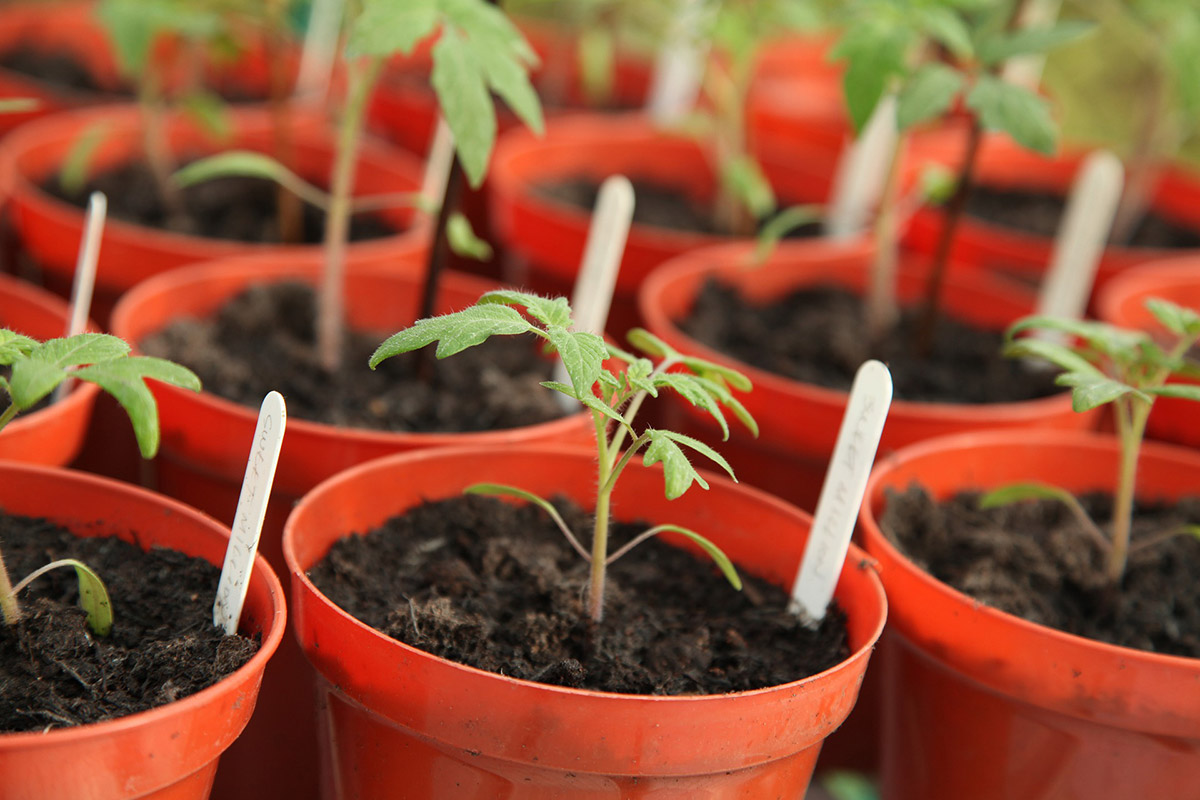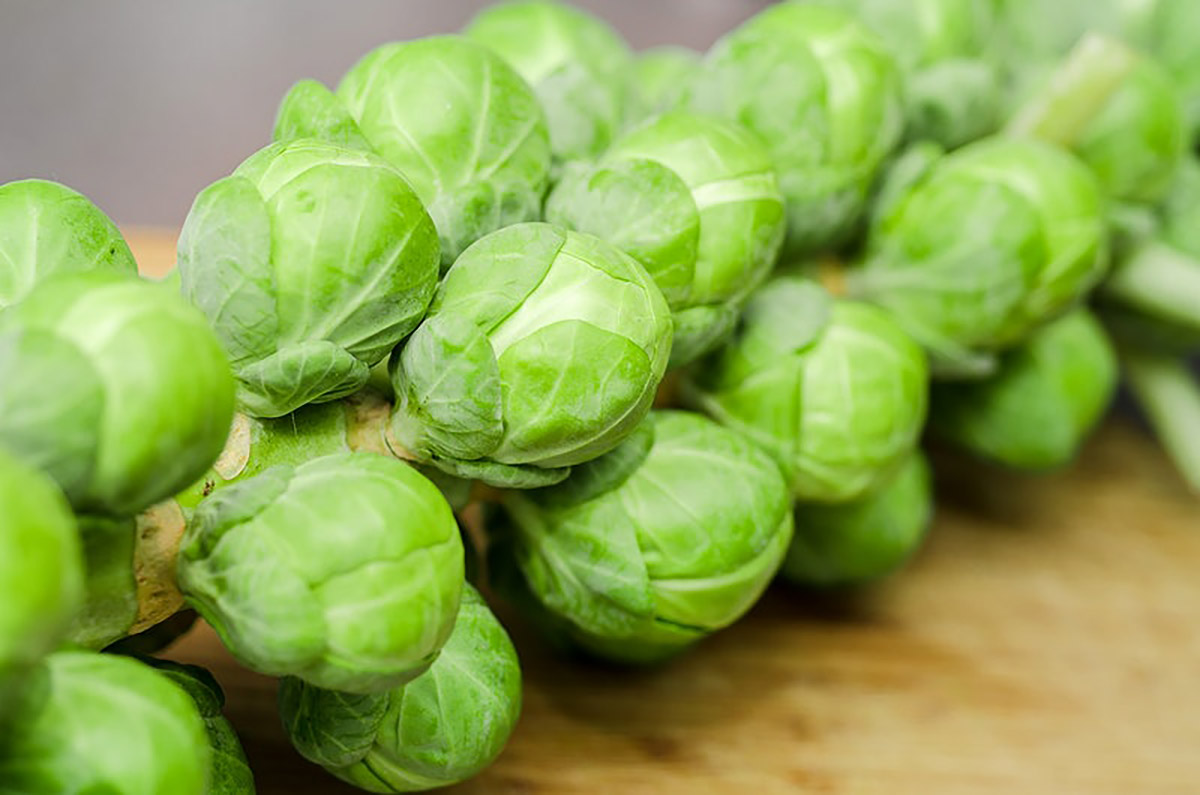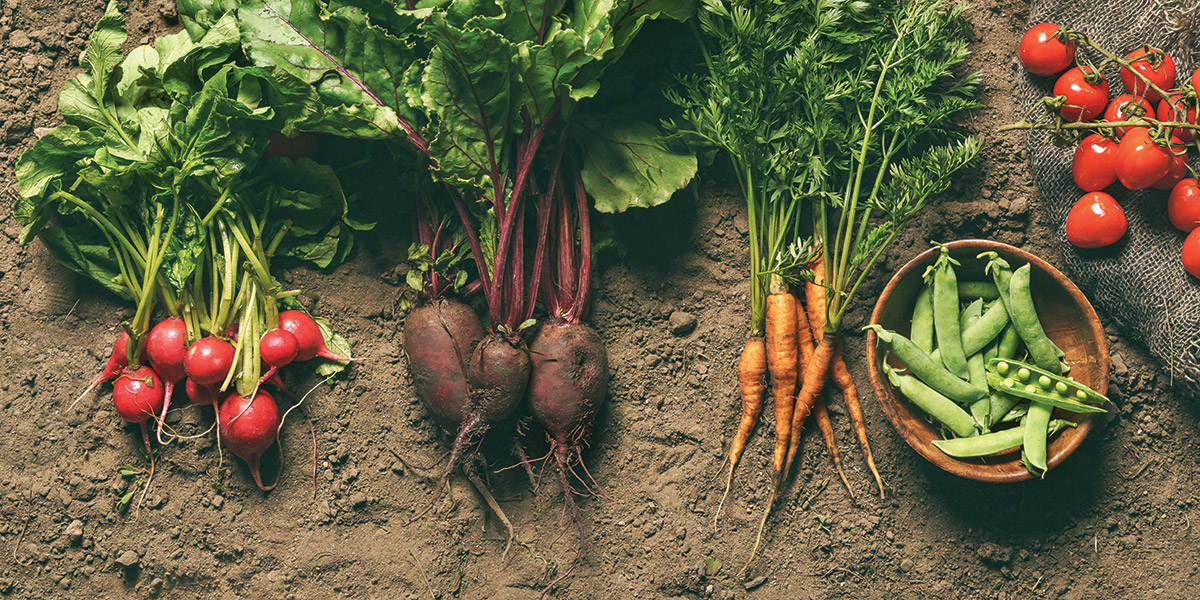Spring Vegetables: Grow your own
In a time when food prices are on the rise, dedicating an area of your garden to growing your own food could be beneficial. Here are a few ideas on how to get started, and what vegetables to grow
Don’t start too early
Tempting as it may be to get stuck in, sowing too early could mean that your crop is at risk of being harmed or destroyed by frost. Find out the rough date of when you can expect the last frost of the year. If you do find yourself caught out with a sudden temperature drop, you can always protect your crops with newspaper, old sheets or frost blankets. Just remember to remove them the following day.

Sowing your veg
There’s still time to sow vegetables such as aubergines, tomatoes, sweetcorn, cucumbers, and courgettes.
You can always give your vegetable garden a kick start if you feel that you’re too late to sow, by purchasing baby plants. You’ll need to gradually expose these to outdoor conditions throughout the spring season.

Spring is a good time if you’re planting in pots or on your windowsill. Lettuce and tomatoes do particularly well.
Feed, nourish and protect
Your vegetables will be growing quickly during the spring months so always keep them hydrated, either with a hose or by sitting them in a tray of water. If you have any plants in pots, these can be fed once a week with liquid feed.
You’ll also want to think about preparing your outside garden spaces ready for your new plants. Remove any weeds that have started growing as these could present a problem later in the year when they get too large and unmanageable.
Harden tender vegetables
Tender vegetables will need to be exposed to the great outdoors if they are to flourish over the summer. Spring is the best time to do this as conditions are, for the most part, gentle and welcoming.
Start by taking them outside for just one day a week and leaving them in a safe, sheltered spot. Bring them in at night if you feel that the temperature is dropping too much, or that frost is forecast.

This toughening up process will help the plants flourish and become tough enough to withstand the rain and wind. Towards the end of spring, you can plant them in their final growing space, where they will remain for the warmer months.
Carrots
Carrots are easy enough to grow from the packet, taking up a minimal amount of space and can even be grown in containers. Carrots are one of our staple vegetables so growing them at home can certainly save you money off your shopping bill.

Sow in small batches from early spring onwards. They flourish best in full sun and light, fertile, well-drained soil. If your soil is shallow, aim to buy short-rooted types. Usually ready to harvest in 12-16 weeks.
Beetroot
Beetroot has a variety of great health benefits and is delicious in soups, stews, smoothies and even cakes. They’re also ideal for gardening beginners.

Beetroot fares best in fertile, well-drained soil. You can sow without protection from about March onwards and beetroot sown from June onwards can be stored for use in winter. They can also be grown in containers all year round.
Cauliflower
Cauliflower can be sown until late May and do best in fertile soil. The best results come from sowing in cell trays using a good multi-purpose potting compost and transplanting to outdoors when the weather is suitable.
Cauliflowers tend to take three to five months from sowing to maturity, although growth rates can vary according to the variety and weather conditions. White varieties can turn yellow if left for too long so it’s always best to harvest these before this happens.
Brussels sprouts
Brussels sprouts grow on large plants so are eventually happiest outside in a garden where they will have more space.
If you want to grow them from seed, you can start them in May indoors, before moving the seedlings to the outdoors after about six weeks. Keep the soil consistently moist while they are indoors, and fertilise with a liquid organic vegetable food every few weeks.

Once outside, your sprouts could be susceptible to pests so it may be worth investing in a lightweight insect fabric. Promote healthy growth by providing ample and continuous moisture. Feeding them several times during the growing season, and topping the plants in early autumn will mean that they will be perfect for those autumn casseroles.

